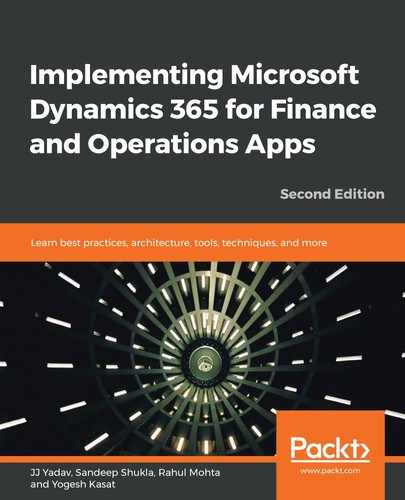The dual-write feature is exciting for customers who use Dynamics 365 for Finance and Operations and also other Dynamics 365 applications, such as Dynamics 365 for Sales and Dynamics 365 for Talent. These applications use the Common Data Service (CDS) to store and secure data.
Dual-write provides a tightly coupled near real-time and bidirectional integration between Dynamics 365 for Finance and Operations and the common data service. Once an entity is enabled for dual-write, any create, update or deletes in Dynamics 365 for Finance and Operations results in writes, in near real time, to the CDS and vice versa. For example, a change in the Customer entity data in Dynamics 365 for Finance and Operations is reflected in near real time in the Account entity in the Dynamics 365 for Sales, and vice versa.
Dual-write not only provides direct in-built integration between Dynamics 365 for Finance and Operations and other Dynamics 365 systems but also allows us to add new entities or customize the mapping of existing entities, as per our business requirements.
Even when you are not using Dynamics 365 for Sales or other Dynamics applications, you can still synchronize Finance and Operations data into CDS instance and use Power App on top of CDS to build custom business applications.
The following diagram shows the conceptual architecture of the dual-write feature:

As shown in the preceding diagram, the dual-write feature tracks data change events at the data entity level using native features such as plugins in CDS and data events in Finance and Operations. As the changes happen in the application, dual-write applies data mapping and writes the data back to other applications using the OData protocol. In scenarios where one environment is down for maintenance and other activities are available, we can pause it and replay the integration when the environment is available again.
The dual-write administration experience is embedded into Dynamics 365 for Finance and Operations and available under the data management workspace, as shown in the following screenshot:

As shown in the preceding screenshot, the administrator can use Finance and Operations to link to the CDS environment, add an entity, set up mapping, and monitor integration.
The following list highlights the key features of dual-write:
- Near-real time and bidirectional integration
- A simple and intuitive user interface to enable and administer dual-write
- Support for standard and custom entities (map)
- Ability to customize entity (map) and field mappings
- Ability to filter and do basic transformations
- Consolidated view to review entity (map) activities and errors
Microsoft is also working on making setting up dual-write an out of the box experience through LCS. This will allow CDS environment provisioning and linking as part of the Finance and Operation environment creation experience.
At the time of writing this book, the dual-write feature is not generally available. The feature's details and their capabilities may change in the final version.
